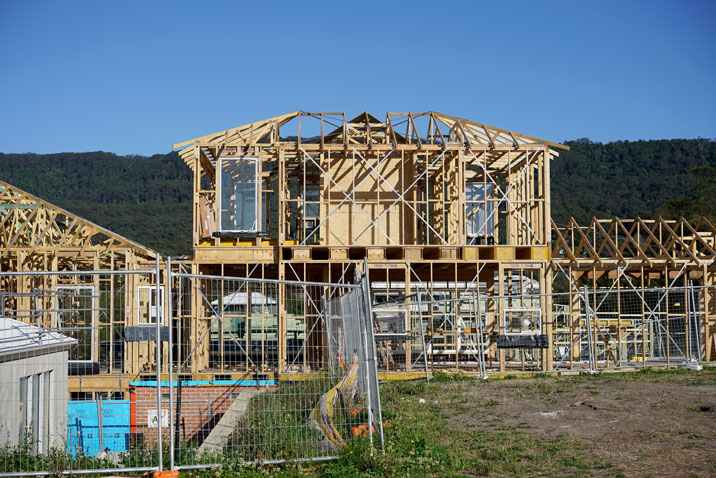The HIA says their New Home Sales report – a monthly survey of the largest volume home builders in the five largest states – provides an early indication of trends in the residential building industry. The May edition is out, and as expected, tighter credit means fewer sales. The largest reduction in house sales occurred in New South Wales.
New house sales declined by 4.4 per cent in May and are now 12.8 per cent lower than the most recent cyclical high that occurred in December last year.
“The first half of 2018 has seen a renewed downward trend in new house sales,” said Tim Reardon, HIA’s Principal Economist.
“Access to finance has become the barrier to ongoing growth in home sales.
“The availability of credit has tightened over the past 12 months with banks responding to the decline in house prices and the Banking Royal Commission by limiting lending to new home buyers.
“Australia’s population growth has slowed over the past three quarters in response to tighter visa requirements that have constrained inward migration.
“And for the first time in this cycle we are seeing sales declining in Melbourne.
“The new home market in Melbourne has been exceptionally strong over a number of years and we are now seeing a very modest slow-down in activity.
“While market conditions are slowing in Melbourne, building activity will continue to be solid given the very large volume of work still in the pipeline.
“The impact of the tighter constraints on finance will ease over the year.
“In fact we are expecting detached house starts to rise slightly in 2018 following the 2.8 per cent decline that occurred in 2017.
“Beyond that temporary lift, we expect the downturn in detached house building to properly take root in 2019 – and house sales appear to be providing a very early indication of this occurring,” concluded Mr Reardon.
During May 2018, new house sales declined in all five markets covered by the HIA New Home Sales Report. The largest reduction in house sales occurred in New South Wales (-6.8 per cent) followed by Queensland (-5.0 per cent), Victoria (-4.6 per cent), Western Australia (-2.4 per cent) and South Australia (-0.2 per cent).

